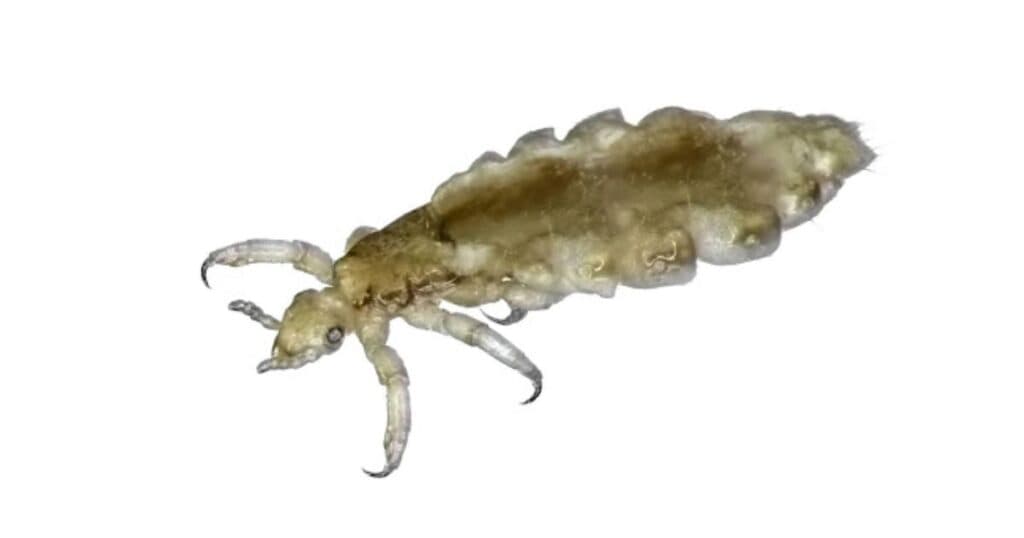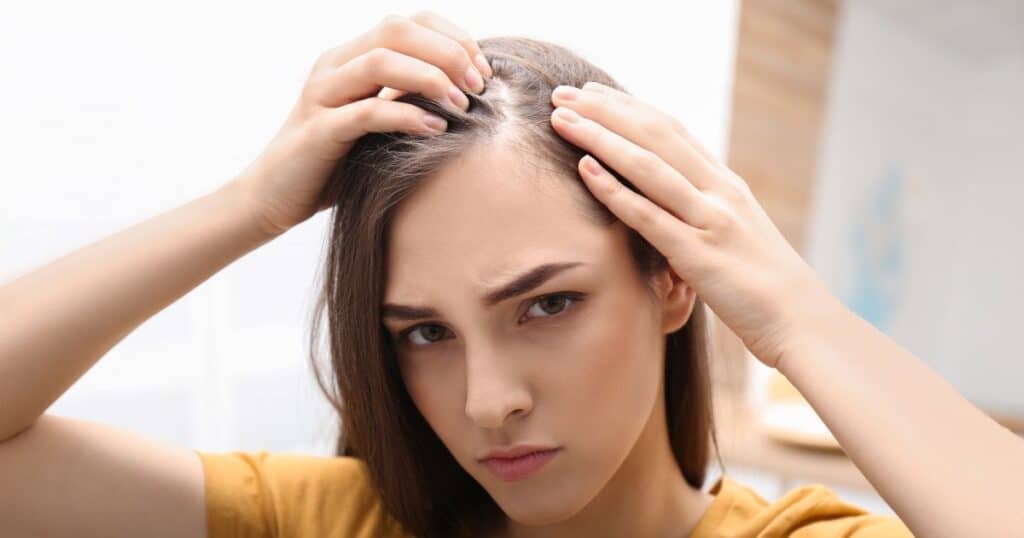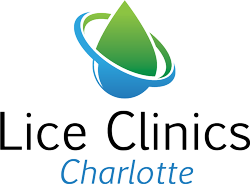Super Lice Treatments: Three Effective Options for 2024
As anyone who is a parent can tell you, being a parent is not for the faint-hearted. Parenting often involves cleaning up things you never wanted to touch in the first place. One of those clean-up jobs parents have to perform is getting rid of lice from their child’s head when they come home from school during a lice infestation. If you have dealt with a lice infestation recently, you may have heard of super lice. Here is additional information on super lice, including three effective removal methods for super lice treatment.

What Are Super Lice?
All lice are tiny insects that have soft bodies. Lice survive by living on humans and sucking their blood for their food supply. Like all animals, super lice got super because they have evolved. Lice treatments have been around for thousands of years, but the Chinese discovered that using an extract from native chrysanthemums, called pyrethrum powder, got rid of the insects.
People in the United States have used pyrethrum powder as well as pyrethrin and a synthetic called permethrin since the 1940s. However, as early as the turn of the 21st century, doctors and scientists found that the over-the-counter lice shampoos that contained a version of pyrethrin didn’t work on all kinds of lice. In fact, scientists now estimate that as many as 80–90% of these lice, now called super lice, are immune to pyrethrin products. Over time, these lice evolved so that the chrysanthemum products were no longer effective. Researchers would have to find another way to get rid of the super lice.
What Does Super Lice Look Like?
You may be thinking that super lice must be larger or stronger to live up to their super lice name. However, super lice do not look any different from lice that are still susceptible to traditional lice treatments. The only difference between super lice and non-super lice is their pyrethroid resistance. All lice, including super lice, are clear or white, have six legs and soft bodies, and are about the size of a sesame seed, which is about ⅛ inch long. They are small and difficult to see.

Super Lice Vs. Lice
If you are wondering how super lice and the traditional head lice stack up against each other, here are some comparisons of super lice vs lice. Both lice and super lice usually occur on your head, although you can also find varieties of lice in bedclothes as well as pubic, chest, or leg hair.
Both lice and super lice are more likely to occur in children from toddlerhood through the end of elementary school, from the ages of three to 11 years old. Girls are more likely to have lice versus boys because their hair is generally longer, and they often share hair items, such as hair brushes or headbands, with their friends. Also, you are most likely to spot lice of any kind near the shaft of the hair, close to the scalp. You may also notice your child scratching their head consistently, and they may complain their head itches no matter whether you just washed their hair or not.
The only way that you may have an idea of whether your child has super lice rather than traditional lice is to try the traditional over-the-counter lice treatment medication and see if it is effective at getting rid of the lice. Any resistance to conventional treatment is a fairly good indicator that your child has super lice.
3 Best Super Lice Treatments
Now that you are familiar with super lice, here are three of the best super lice treatments you should look at, especially if the over-the-counter lice shampoos have not solved your or your child’s lice problem.

1. Full-Service Airtral Treatment
One of the best methods for ridding your child from a super lice infestation is using heated air. The Airtral treatment uses heated air to dehydrate the lice and kill them without the use of chemicals. Many parents appreciate the effectiveness of this treatment and that it is a non-toxic, all-natural alternative to the chemicals found in traditional lice treatments.
For the Airtral treatment, a technician will kill the lice using the superheated air and then manually comb out any lice as well as eggs using a special comb. Finally, the technician will use a natural solution to clean your child’s hair to make sure their hair and scalp are lice-free. You can only receive the Airtral treatment at specialized lice clinics.
2. Traditional Comb-Out Service
If you are not sure that you used the lice shampoo correctly when you tried it at home, you may want to try a traditional comb-out service at a lice removal clinic. If you opt for this option, a technician will first shampoo the hair and scalp with one of the traditional pyrethrin extract shampoos. Then, the technician will methodically comb each strand of hair to remove the lice and eggs.
After the comb-out, technicians will then apply a final, natural treatment solution. You will most likely need to repeat the comb-out again after a few hours at your house. While this super lice treatment is less effective than the Airtral lice treatment, it is also less expensive.
3. Do-It-Yourself Lice Removal Kit
Another option many lice clinics offer is to give you a do-it-yourself kit to remove the lice at home. This is usually the cheapest option around, but again, if you or your child has super lice, this treatment will not be effective. The clinic will give you all of the supplies you need to complete the lice treatment, but you will need to continue to comb out your child’s hair at least once a day for up to 12 days to make sure all of the lice and eggs are gone.

Where to Get Help With Any Lice Infestation Problems?
If the thought of trying to comb bugs out of your child’s hair fills you with disgust, don’t worry. Many parents feel the same way you do. That’s why you need to consider contacting our office at The Lice Clinics of Charlotte. We can get rid of those horrible lice for you as quickly and safely as possible with a super lice treatment. Reach out to us today for an appointment.
